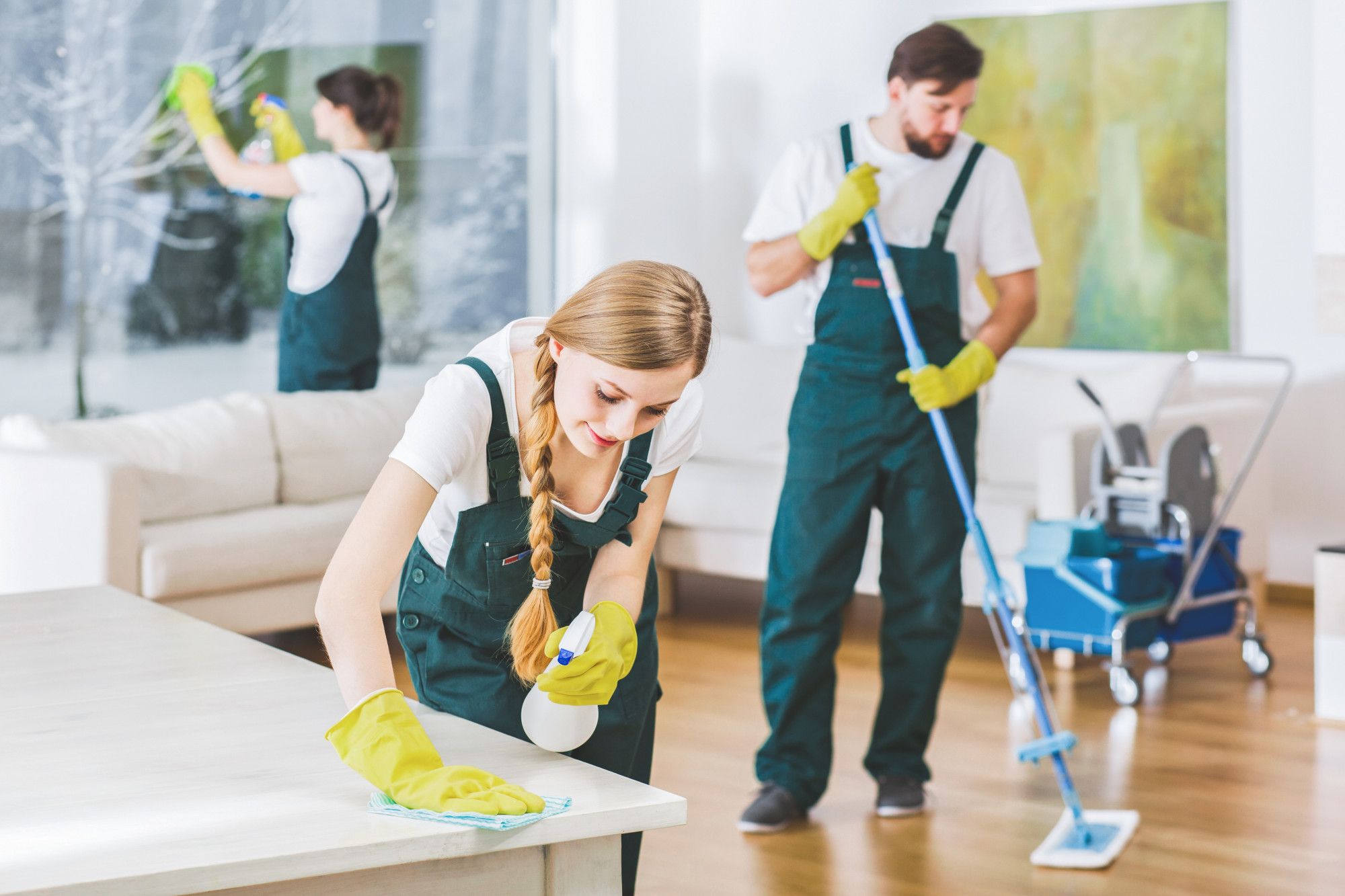Reliable Everyday Cleaning Strategies: Best Practices for Defrosted and Cleaned Every Few Months
Reliable Everyday Cleaning Strategies: Best Practices for Defrosted and Cleaned Every Few Months
Blog Article
Recognizing the Need for Extensively Sanitizing and Sanitizing Frequently Touched Surface Areas in High-Traffic Locations
In the world of public health and safety and security, the meticulous disinfection and sanitization of frequently touched surfaces in high-traffic areas stand as paramount steps in avoiding the spread of harmful pathogens. The relevance of this practice expands far past mere cleanliness, delving right into the world of condition avoidance and area health. By exploring the various elements of surface sanitation, from the dangers connected with disregarding cleansing procedures to the reliable techniques that can be employed, a clearer understanding arises of the essential role these methods play in securing public wellness. As we browse this discussion, it becomes apparent that the ramifications of complete surface sanitation resound not only within the boundaries of a particular environment however also reverberate on a broader scale, impacting the wellness and security of individuals across diverse communal settings.
Importance of Surface Disinfection
Stressing the comprehensive disinfection of high-traffic surfaces is vital in preserving a sanitary environment and preventing the spread of hazardous virus. High-touch surface areas such as door deals with, light buttons, elevator switches, and countertops work as reproducing premises for bacteria and viruses. Normal disinfection of these surfaces is essential to minimize the risk of contamination and transmission of health problems.
By carrying out a robust disinfection procedure, services and establishments can create a much safer setting for visitors, workers, and clients. Correct surface disinfection not only mitigates the spread of infectious illness however additionally infuses self-confidence in the tidiness and safety and security of the premises. This proactive technique demonstrates a commitment to health and wellness, which is particularly crucial in high-traffic areas where the possibility of direct exposure to virus is heightened.
Additionally, surface sanitation plays an important duty in overall infection control methods. Incorporated with hand health methods, using masks, and maintaining physical distancing, detailed sanitation of high-touch surfaces forms a comprehensive protection against the transmission of hazardous microbes. Focusing on surface sanitation is a necessary part of an all natural strategy to health and wellness in shared spaces.
Threats of Disregarding Cleaning Practices
Overlooking comprehensive sanitation of high-traffic surface areas significantly heightens the danger of microbial and viral contamination, posturing a serious threat to the health and wellness and security of individuals frequenting these areas. Failing to carry out correct cleansing techniques can bring about the buildup and spread of harmful pathogens, consisting of infections and germs, on often touched surface areas such as doorknobs, handrails, elevator buttons, and countertops.

Additionally, neglecting the significance of detailed cleaning not just compromises the well-being of individuals yet likewise threatens initiatives to maintain a sanitary and clean atmosphere. It is crucial to acknowledge the value of proper sanitation protocols in stopping the spread of infections and safeguarding public health.
Efficient Sanitation Approaches
To maintain optimum sanitation and lower the threat of contamination on high-traffic surface areas, utilizing effective sanitation approaches is necessary. One of the most typical and effective disinfection approaches is utilizing chemical anti-bacterials.
An additional effective approach is making use of UV-C light. UV-C light has actually been revealed to be efficient in eliminating a broad array of microbes by disrupting their DNA structure, hence avoiding them from replicating. It is important to make use of UV-C light appropriately, ensuring that the right intensity and exposure time are used to attain the desired sanitation results.
Additionally, utilizing vapor cleansing as a disinfection technique can be very effective, especially on surfaces that are heat-resistant. Heavy steam can permeate permeable surfaces and kill germs, viruses, and various other virus properly. When making use of vapor cleansing, it is very important to make certain that the surface area reaches the required temperature for an enough quantity of time to ensure appropriate disinfection.
Effect on Public Health And Wellness
The upkeep of high criteria of tidiness and disinfection on high-traffic surface areas plays a crucial duty in securing public health and wellness. Frequently touched surface areas in locations with high tramp, such as doorknobs, hand rails, elevator buttons, and toilet centers, act as reproducing grounds for hazardous virus. Falling short to effectively sanitize these surface areas can cause the rapid spread of contagious conditions within areas. By executing extensive disinfection methods, the risk of transmission of viruses, bacteria, and various other germs can be dramatically decreased.
Effective cleanliness practices not only shield individuals from falling unwell but also add to the overall wellness of culture. Public wellness authorities emphasize the significance of keeping tidy environments to avoid outbreaks and consist of the spread of illnesses. In high-traffic locations like airport terminals, schools, health centers, and mass transit systems, the effect of rigorous disinfection measures can not be underrated. Prioritizing the sanitization of often touched surface areas is an aggressive strategy to promoting public health and wellness and boosting the security of people in common spaces.
Implementing Regular Cleansing Procedures
Quickly setting up and adhering to a constant timetable of cleaning methods is paramount for preserving the tidiness and safety and security of high-traffic surface areas. Normal cleaning protocols are vital in stopping the build-up of germs and virus on frequently touched surface areas, particularly in locations with high foot website traffic. By executing an organized method to cleansing, organizations can effectively minimize the risk of disease transmission and develop a healthier setting for workers, clients, and the general public.
To establish an effective cleansing timetable, it is essential to determine high-traffic areas that call for frequent attention. These locations may include doorknobs, hand rails, elevator switches, restroom facilities, and common equipment. Executing a routine cleaning regimen that targets these surface areas numerous times a day can considerably decrease the spread of damaging bacteria and infections.
Additionally, utilizing appropriate cleansing agents and disinfectants is crucial to making certain that surfaces are thoroughly sanitized. Regular training of cleansing team on appropriate cleansing methods and the importance of adherence to the cleaning routine is additionally important in maintaining a hygienic setting. By prioritizing constant cleaning procedures, organizations can promote the health and wellness and well-being of individuals who connect with these high-traffic surfaces.

Conclusion
To conclude, it is essential to prioritize extensive sanitation and sanitization of frequently touched surfaces in high-traffic areas to avoid the a knockout post spread of unsafe virus and preserve public health and wellness. Disregarding appropriate cleaning practices can boost the danger of contamination and transmission of diseases. By carrying out routine cleaning procedures and utilizing effective disinfection methods, we can produce a much safer atmosphere for every person (Clear Out Any Clutter). It is critical to identify the relevance of keeping clean surfaces in high-traffic locations to make sure the health of view publisher site the community.
In the realm of public health and safety and security, the thorough sanitation and sanitization of regularly touched surface areas in high-traffic areas stand as extremely important actions in avoiding the spread of dangerous pathogens. By exploring the numerous facets of surface disinfection, from the risks linked with disregarding cleaning methods to the effective techniques that can be utilized, a clearer understanding arises of the vital role these practices play in guarding public health and wellness.In addition, employing vapor cleaning as a sanitation technique can be very reliable, specifically on surface areas that are heat-resistant. When making look at this now use of heavy steam cleaning, it is crucial to make sure that the surface reaches the needed temperature level for an enough amount of time to ensure appropriate sanitation.
In verdict, it is important to prioritize complete sanitation and sanitization of frequently touched surfaces in high-traffic areas to stop the spread of hazardous virus and keep public wellness.
Report this page